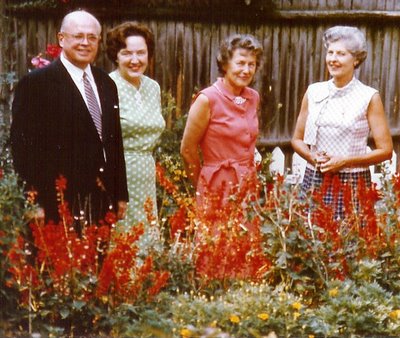Frankly, I find forcing winter bulbs tediously predictable: "just add water and stir." Yes, on a dark winter day, I do welcome the sight and smell of their blooms, but where's the challenge? So I am forever tinkering with the equation of temperature, light, and nourishment. Unfortunately, either my experimental conditions are not stable or my observational senses insufficiently refined for I have discerned few relationships of cause and effect. Just buy the best bulbs you can find.

I used to follow my mother's advice (yeah, after 50 years, I've got to stop doing that) and start paperwhites for two weeks in a cool, dark area. Sometimes cool turned out to be too cold, and the bulbs failed to grow. Other times, I'd forget about the bowl of bulbs that I'd put on the attic stairs until it was dried out. Now, I just tuck the bulbs into a convenient corner before setting them them out in the sun and plying them with
alcoholic beverages. Works fine.
This holiday season, I was fortunate to receive three amaryllis plants: "Minerva," I think, from Harry and David and another red from a local florist.

and "Picotee" from White Flower Farm.

Usually, I treat these like gigantic paperwhites and simply throw them away after they've bloomed. But tossing out three bulbs in a single season seemed recklessly profligate, so I've decided to undertake a new experiment--new, for me--and roll them over. I am feeding all the bulbs--those to-bloom, blooming, and done-bloomed--with a half-strength solution of fertilizer every other week. After blooming, they are put in a south-facing window.

Let's see what happens.


















